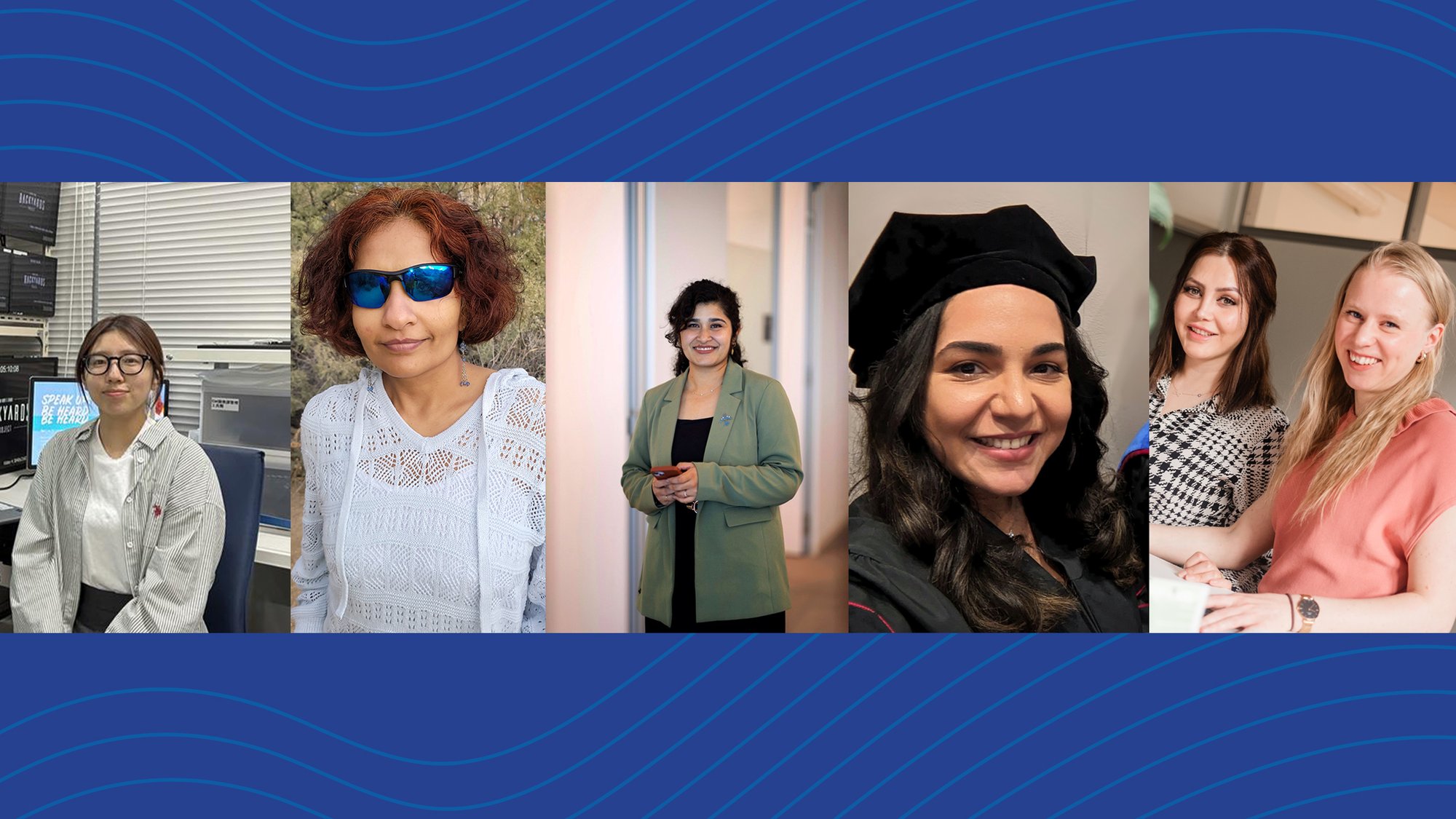To mark Women in Engineering Day 2025, Panasonic Avionics is celebrating the women engineers powering innovation across its Global Centers of Excellence. From Irvine to Osaka and Malmo and our newest locations in Portland and Pune, these women are playing a key role in scaling hardware and software capabilities and creating smarter, more personalized passenger experiences.
Building the future
Across Panasonic Avionics’ global hubs, women engineers are solving complex problems with an eye on efficiency, quality, and the long-term needs of customers.
For Nada Baili, a data scientist based in Irvine, USA, the last year has been about applying technology to real-world challenges. “Being part of the development of an AI-powered chatbot to streamline internal operations has been a highlight,” she says. The valuable impact of this work has been clear. “We're seeing tangible results from AI-driven tools that contribute to both operational efficiency and improved customer experience.”
In Portland, USA, Aparna Balachandran is a technologist overseeing AI, cloud engineering, and digital transformation. She played a key role in launching the company’s newest Center of Excellence. “I’ve really enjoyed the unique opportunities that came with launching a new center,” she says. “Being part of an evolving industry and helping PAC drive innovation in passenger experience has been truly exciting.”
In Pune, India, Saloni Tripathy, an MTS II, is driven by collaboration and shared vision. Being part of a supportive and growth-oriented environment has made the work especially rewarding. “Collaborating with diverse and cross-functional teams has enriched my problem-solving approach,” she explains.
From Osaka, Japan, Yoneda Minami reflected on her work with Astrova. “Many people are working on this ground-breaking innovation, which involves cross-functional teams,” she says. “This project has not only allowed me to enhance my technical skills but also learn from my colleagues in different areas around the world.”
In Malmö, Sweden, Annie Önnered is seeing the results of long-term product development come to life. “This past year, I’ve especially enjoyed seeing our product get closer and closer to launch after years of development,” she says. “It’s been fun to be part of a team with such strong collaboration, and to see how design, QA, development, and management all come together to make this product the best it can be.”
Scaling smarter
Across Panasonic Avionics’ global engineering hubs, women are rethinking how teams grow, adapt, and deliver at scale. Whether through AI, automation, or smart architecture, the focus is on building systems that solve problems.
In Portland, the newest Center of Excellence launched with a “virtualized environments first” mindset, reducing the need for physical hardware.
This enabled teams to get started quickly and cost-effectively. Elsewhere, engineers are taking a long view of technical debt by designing flexible features that can be reused to save time and resources in the future.
Automation plays a central role in this shift. Engineering teams are integrating AI to improve efficiency without sacrificing quality. “I enabled my team to develop AI-assisted code reviews to enhance development productivity,” explains Balachandran.
Baili is also utilizing AI. “We’re identifying high-impact areas for AI integration that maximize value with minimal overhead,” she says. “For example, using machine learning to reduce manual effort and automate everyday tasks.”
Scaling requires technical effort, but there’s a cultural element, too. Engineers are actively sharing knowledge and best practices across teams, refining development pipelines, and mentoring junior staff to ensure knowledge doesn’t stay siloed.
The importance of visibility in the industry
For these women, engineering is as much about enabling others as it is about solving problems. Alongside their daily tasks, they’re helping shape a workplace where the next generation can see what’s possible.
Mentorship comes up repeatedly in these conversations. There's huge value in structured programs to help connect new engineers with those who can support and inspire them. “We need to create mentorship programs that connect junior female engineers with experienced professionals,” says Baili.
Balachandran echoes this, saying: “To nurture this talent, we can offer rotational opportunities across teams to help them explore the diverse paths available within the company.”
Visibility of women in the industry is also important. Tripathy says: “By creating more opportunities for women to be visible on a global stage — through participation in women-in-tech initiatives, industry conferences, and leadership programs — we can help build confidence and inspire the next generation of engineers.”
For the next generation, it’s important to see women in diverse roles across the business; not just in engineering, but in design, QA, and leadership. “It’s encouraging to see that there are so many possibilities and that there’s nothing stopping us from reaching our goals,” says Önnered.
With greater visibility, more women will start to consider these potential career paths. But we must not overlook the importance of a welcoming environment. “I want to create an atmosphere where members never hesitate to ask for help,” says Minami. “They should feel confident to advocate for themselves and their ideas.”
The next generation
The advice to the next wave of female engineers was refreshingly bold. “You belong in every room where innovation happens,” says Tripathy. “Don’t wait to be invited, step forward.”
Balachandran encourages women to remain visible, she says: “For women entering the field, stay true to your drive, never sell yourself short, and take every opportunity to share your story — whether it's at a school career day or in community events — to inspire future generations and pay it forward.”
Önnered offers a quiet but powerful reflection: “I hope future generations of women won’t need any special advice to succeed, other than not being afraid to follow the path they truly want.”
For these women, inclusion isn’t a buzzword. It’s a responsibility woven into the way they lead, mentor, and build. On Women in Engineering Day, we continue to celebrate their achievements, as well as their impact: technical, cultural, and generational.



